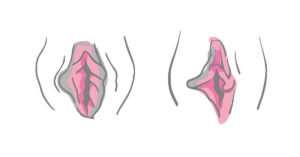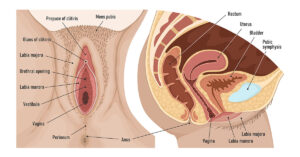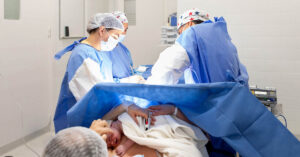The labia majora, also known as the outer lips of the vulva, play a vital role in the female anatomy. Over time, factors such as hormonal fluctuations, childbirth, and aging can affect the appearance and tone of the labia majora, leading some women to seek rejuvenation or tightening procedures. These interventions can address cosmetic, emotional, and functional concerns related to changes in the labia majora.
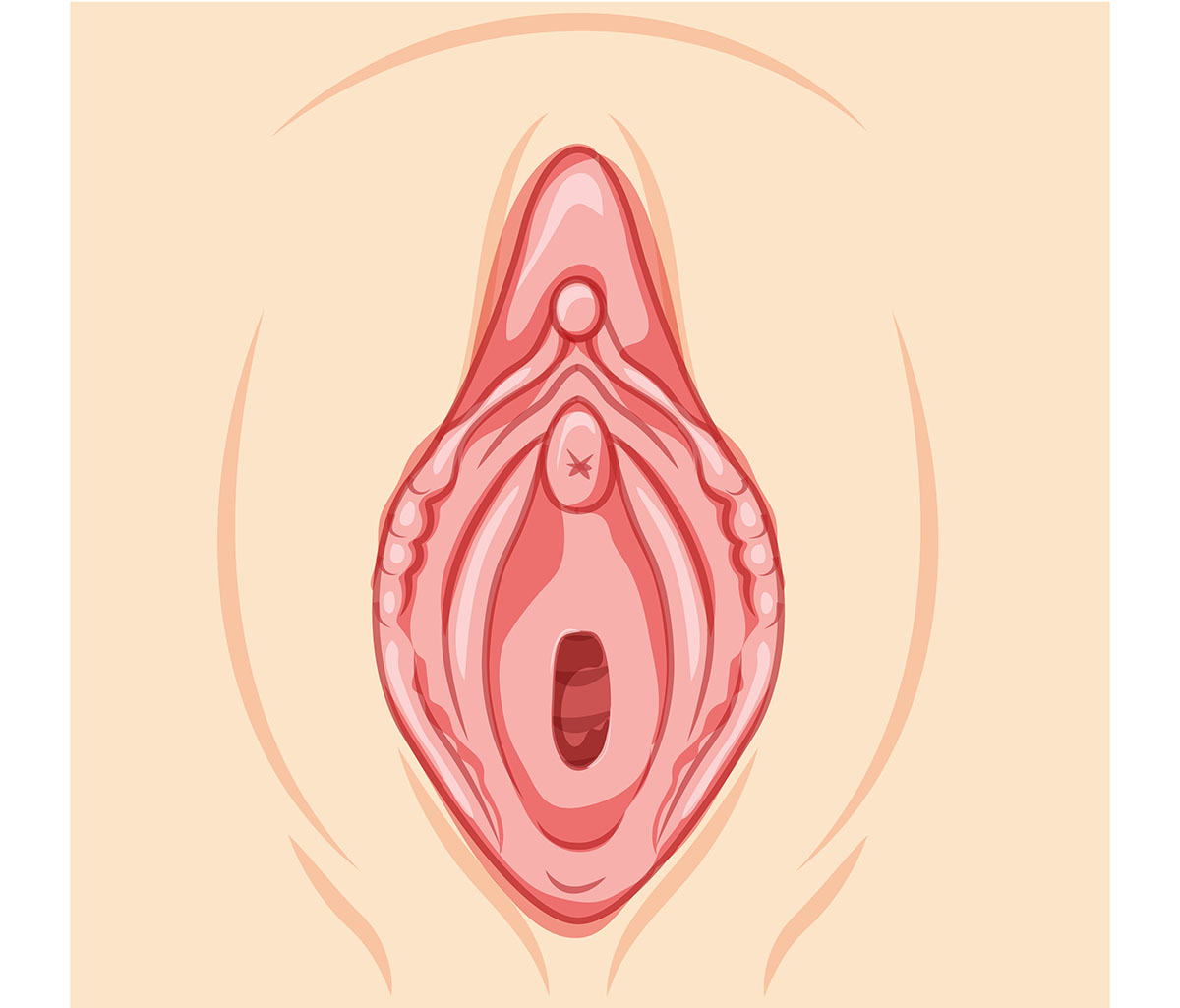
This article explores various methods for tightening the labia majora, including non-surgical, minimally invasive, and surgical options.
Anatomy of the Labia Majora
In order to gain a clearer concept of the effective strategies for enhancing the firmness of the labia majora, it is important to understand and consider the anatomy of the labia majora.

The labia majora are two skin folds made up of fat and fibrous tissue that extend from the mons pubis (the area above the pubic bone) down toward the back, meeting near the anus. These outer lips enclose the opening to the genital area, protecting and providing access to the urethra and vagina.1
The labia majora vary in size, shape, and colour due to factors like genetics, hormones, age, and lifestyle. They form the anterior commissure at the front and, in women who haven’t given birth, the posterior commissure at the back. Notably, they are homologous to the male scrotum, sharing a developmental origin.
Reasons Why The Labia Majora Skin May Lose its Firmness
The skin of the labia majora can lose its firmness due to a variety of factors, including:
- Ageing: As women age, collagen and elastin production in the skin decreases, leading to a loss of elasticity and firmness in the labia majora, similar to how the skin on other parts of the body may sag.
- Hormonal Changes: Fluctuations in hormones, particularly a decline in oestrogen during menopause, can reduce skin thickness and elasticity, contributing to the loss of firmness in the labia.
- Pregnancy and Childbirth: The stretching of tissues during pregnancy and childbirth can affect the skin’s ability to bounce back, sometimes resulting in looser skin in the genital area.
- Weight Loss: Significant weight loss can lead to a reduction in the fat that naturally gives volume to the labia majora.
- Lifestyle Factors: Poor hydration, smoking, and prolonged sun exposure can accelerate skin ageing and loss of firmness due to reduced skin elasticity and collagen breakdown.
- Genetics: Some women may naturally experience a loss of firmness in the labia majora due to hereditary factors affecting skin elasticity and connective tissue strength.
- Underlying Medical Conditions: Chronic skin conditions, such as eczema, can weaken the skin’s structural integrity. Conditions that affect circulation, such as diabetes or peripheral vascular disease, can also negatively impact skin elasticity.
How To Tighten Labia Majora Skin
There are several methods to tighten and rejuvenate the labia majora, ranging from non-surgical treatments to minimally invasive and surgical procedures. These methods are aimed at improving the appearance and functionality of the labia majora, restoring confidence and comfort.
1. Non-Surgical Methods

Healthy Lifestyle Habits
Adopting a healthy lifestyle is essential for maintaining the overall appearance and elasticity of the skin, including the labia majora. By following a balanced diet, staying hydrated, and incorporating regular exercise, you can support skin health from the inside out.
- Hydration: Drink plenty of water daily to keep your skin moisturized and supple.
- Balanced Diet: Include nutrient-rich foods, particularly those high in antioxidants such as fruits and vegetables, lean proteins, and whole grains, to support skin regeneration and health.
- Exercise: Regular physical activity improves blood flow and muscle tone, which can benefit the skin and muscles around the labia majora.
- Quit Smoking: Smoking accelerates ageing and diminishes skin elasticity. Quitting smoking can have a noticeable effect on improving skin firmness and reducing sagging.3
2. Minimally Invasive Options
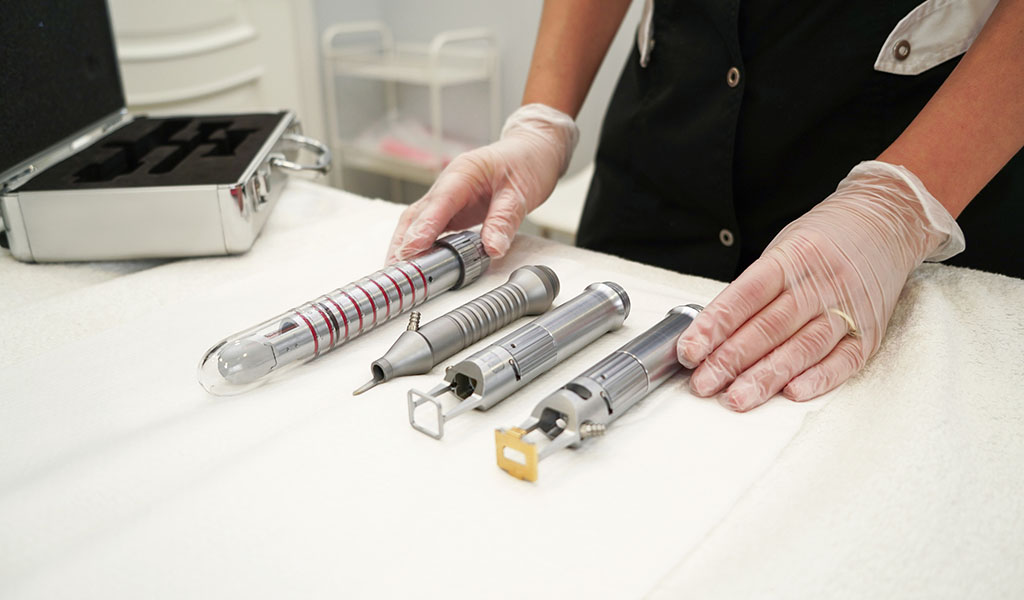
A. Radiofrequency (RF) Treatment
This is a minimally invasive option for tightening the labia majora skin.
Procedure: This method uses controlled RF energy to heat the deeper layers of the skin, stimulating collagen production and improving skin elasticity. During the treatment, a handheld device is applied to the area, and the heat promotes tissue tightening without damaging the skin’s surface.
Benefits:
- Generally painless
- Can be completed in under an hour.
- Requires no downtime
Results: Smoother skin texture, and enhanced confidence, with results becoming noticeable after a few sessions over several weeks.
B. Laser Skin Tightening
Laser treatments such as CO2 lasers or Erbium YAG lasers are popular for skin tightening across various parts of the body, including the labia majora. These lasers target deeper layers of the skin to trigger collagen production and skin regeneration.
Procedure: The laser heats the tissue, causing controlled micro-damage that stimulates the body’s healing response, leading to firmer, rejuvenated skin.
Benefits:
- Quick treatment sessions (usually 20–30 minutes).
- Non-invasive, with minimal discomfort.
- Little to no downtime.
Results: Firmer and smoother labial skin, typically noticeable after a few weeks and continuing to improve for months as collagen builds.
C. Dermal Fillers
Hyaluronic acid-based fillers can be injected into the labia majora to restore volume and smoothen loose skin. While this method doesn’t directly tighten the skin, it can plump up the area and create the appearance of firmer skin.6
Procedure: A small amount of filler is injected into the labia majora to add volume.
Benefits:
- Quick procedure, often completed in under 30 minutes.
- Immediate results with minimal downtime.
Results: Fuller, smoother labial skin with an immediate plumping effect. Results typically last 6–12 months, depending on the filler used.
D. Vaginal Fat Transfer (Autologous Fat Grafting)
For individuals who have lost volume in the labia majora due to ageing or weight loss, a fat transfer procedure can restore fullness while tightening the skin.7
Procedure: Fat is harvested via liposuction, processed, and then injected into the labia majora to add volume and smooth out loose skin.
Benefits:
- Natural results using the patient’s own fat.
- Improves both volume and skin appearance.
- Long-lasting results with minimal risk of rejection.
Recovery: Recovery is relatively short (1–2 weeks), with minimal discomfort and swelling.
Results: Fuller, more youthful-looking labia majora with skin that appears firmer and smoother.
E. Radiofrequency-Assisted Lipolysis (RFAL)
RFAL is a treatment that combines RF energy with fat reduction to tighten loose skin on the labia majora. This procedure not only improves skin laxity but also removes small amounts of fat to contour the area.
Procedure: A small probe delivers RF energy beneath the skin to melt fat and tighten the surrounding tissue.
Benefits:
- Minimally invasive with minor incisions.
- Local anaesthesia is often sufficient.
- Short recovery period (a few days to a week).
Results: Tighter, smoother skin with reduced sagging. Results typically become visible within a few weeks.
F. Micro-Needling with Radiofrequency (Morpheus8)
Micro-needling combined with radiofrequency, such as Morpheus8, uses tiny needles to penetrate the skin while delivering RF energy. This combination stimulates deeper collagen production and helps tighten the labia majora’s skin.8
Procedure: A device with micro-needles is applied to the labia majora, creating controlled injuries and simultaneously delivering RF energy.
Benefits:
- Minimally invasive with minimal downtime.
- Stimulates natural collagen production.
- Long-lasting results with minimal sessions.
Results: Firmer skin with improved texture. Results typically appear after several sessions, with continued improvement over time.
3. Surgical Methods
Surgical procedures are best for individuals with significant sagging or loose skin on the labia majora. This procedure offers more dramatic and permanent results but comes with longer recovery times compared to non-surgical methods.
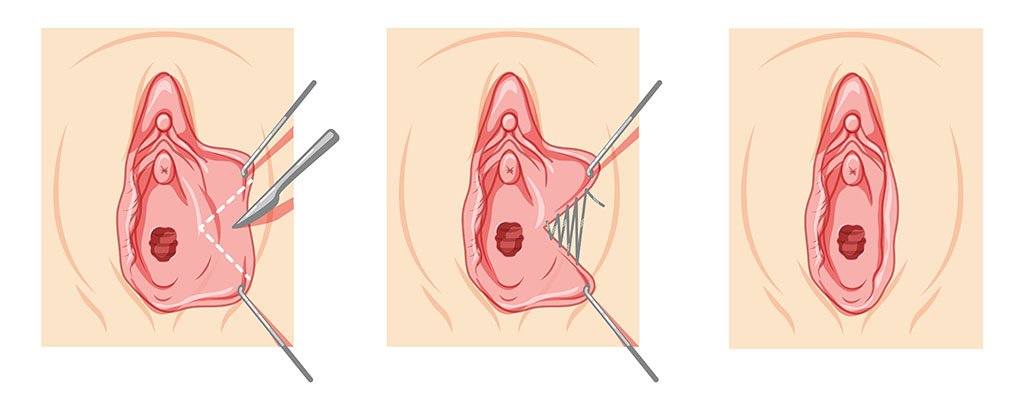
Labia Majora Reduction (Labiaplasty)
A labia majora reduction, also known as majora plasty, is a surgical procedure that involves removing excess skin and, in some cases, fat from the labia majora to tighten and contour the area. This method provides a permanent solution for those experiencing significant skin laxity.
Procedure: Excess skin is surgically removed, and the remaining tissue is tightened. In some cases, liposuction may also be used to remove excess fat.
Benefits:
- Dramatic, permanent results.
- Can address both skin laxity and excess fat.
- Improves appearance and can enhance comfort.
Recovery: Recovery typically takes 2–4 weeks, with some swelling and bruising in the initial phase. Patients can usually return to normal activities after a few weeks.
Results: A smoother, tighter labia majora with long-lasting results.
Post-Treatment Care & Recovery Tips

After undergoing any procedure to tighten the skin of the labia majora, whether it’s a non-surgical treatment or a surgical one, proper post-treatment care is essential to ensure optimal healing and results. Following the recommended recovery guidelines will minimise discomfort, reduce the risk of complications, and help maintain the benefits of the procedure for longer. Below are key tips for post-treatment care and recovery:
1. Follow Your Doctor’s Instructions
After any labia majora tightening procedure, your doctor will provide specific instructions on how to care for the treated area. These guidelines are personalised based on the type of procedure, so it’s crucial to follow them closely to promote healing and prevent any complications.
Follow medication prescriptions (if applicable), such as antibiotics or pain relief, as directed. Attend all follow-up appointments to monitor progress and ensure proper healing.
2. Maintain Proper Hygiene
Keeping the treated area clean is essential for preventing infections and ensuring smooth recovery, especially after surgical or minimally invasive procedures. Gently cleanse the area using mild, unscented soap and lukewarm water. Avoid harsh scrubbing or using perfumed products. Pat dry the area with a soft towel; do not rub the skin as it may cause irritation. Wear loose-fitting, breathable underwear made of natural fabrics like cotton to avoid chafing and irritation.
3. Manage Swelling and Discomfort
It’s normal to experience some swelling, tenderness, or bruising in the labia majora after a tightening procedure. Managing these symptoms with home care techniques can help you feel more comfortable during recovery.
- Use cold compresses: Applying a cold compress or ice pack wrapped in a towel to the area can help reduce swelling and discomfort. Limit use to 15–20 minutes at a time.
- Take over-the-counter pain relievers: Non-prescription medications like ibuprofen or acetaminophen may help alleviate mild pain and inflammation, but always check with your doctor first.
- Elevate the hips: When lying down, placing a pillow under your hips can help reduce swelling in the treated area by promoting better circulation.
4. Avoid Physical Strain
After a procedure, it’s essential to rest and avoid activities that could strain or irritate the labia majora. Physical strain can delay healing and lead to complications. Avoid strenuous activities such as running, heavy lifting, or intense workouts for at least 2–4 weeks (or as recommended by your doctor).
Refrain from sexual activity for a period of time post-treatment. Your doctor will advise you on when it’s safe to resume sexual intercourse, which could be 4–6 weeks after surgical procedures or a few days after non-invasive treatments. Limit prolonged sitting during the initial recovery period, as it can put pressure on the treated area and prolong discomfort.
5. Stay Hydrated and Eat a Balanced Diet
Proper hydration and nutrition are essential for overall skin health and recovery. They play a crucial role in promoting tissue repair and maintaining the elasticity of the skin.
- Drink plenty of water: Staying hydrated supports skin healing and can help reduce swelling.
- Eat a nutrient-rich diet: Include foods that are high in vitamins C and E, antioxidants, and healthy fats to support skin regeneration and improve healing.
- Avoid smoking and alcohol: Both can delay the healing process and negatively affect the skin’s elasticity.
6. Monitor for Signs of Infection
In rare cases, infections may occur after a tightening procedure, particularly surgical interventions. It’s important to monitor the area closely and contact your doctor if you notice any unusual symptoms. Signs of infection include redness, increased pain, warmth, pus, or discharge from the area, as well as fever.
Follow up with your healthcare provider if you experience any concerning symptoms or feel that your recovery isn’t progressing as expected.
7. Skin Care After Healing
Once the area has fully healed, continuing to care for the skin can help maintain the results of your labia majora tightening procedure. Use a mild, unscented moisturiser to keep the skin hydrated and supple.
Proper post-treatment care after labia majora tightening is essential for ensuring a smooth recovery and lasting results. By following your doctor’s instructions, maintaining good hygiene, avoiding physical strain, and adopting a healthy lifestyle, you can support optimal healing and keep the skin firm and healthy. Regular follow-up with your healthcare provider will also ensure the best possible outcome for your procedure.
Functions of the Labia Majora
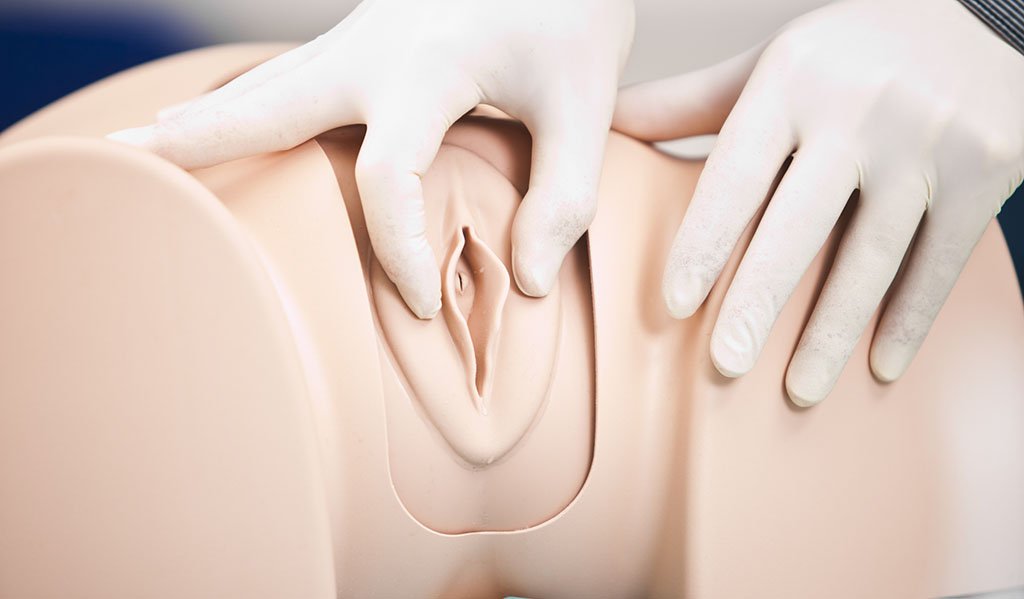
The labia majora are crucial structures in the female anatomy, serving multiple roles that contribute to overall reproductive health and sexual function. Some functions include:
1. Protective Barrier
The labia majora provides a vital protective layer for the internal genitalia. They shield the more delicate structures, such as the labia minora, clitoris, and vaginal opening, from external elements, potential infections, and physical trauma.
2. Enhanced Sensitivity and Sexual Pleasure
Richly innervated with nerve endings, the labia majora are sensitive to touch. This sensitivity enhances sexual arousal and pleasure, making them an important part of the sexual response cycle. Stimulation of the labia majora can significantly contribute to sexual enjoyment
3. Structural Support
These outer lips form the outermost boundaries of the vulva, helping maintain the structural integrity of the surrounding tissues. This support is essential for the overall architecture of the vulval area, ensuring that internal reproductive organs are properly positioned.
4. Body Image
The labia majora play a role in the external appearance of the vulva, which can affect body image and self-esteem. Their diverse shapes, sizes, and colours contribute to individual uniqueness.
5. Lubrication and Comfort
Within the labia majora are sweat and sebaceous glands that produce sweat and sebum. This natural lubrication is important for comfort during sexual activity and everyday movement, reducing friction and enhancing overall comfort.
6. Engorgement and Sexual Arousal
During sexual arousal, the labia majora can become engorged with blood, leading to a fuller and more pronounced appearance. This engorgement not only heightens sensitivity but also prepares the body for sexual activity, contributing to a pleasurable experience.
When To See A Specialist
If discomfort, pain, or dissatisfaction with the labia majora affects your quality of life, it’s important to consult a gynecologist or cosmetic specialist. Whether due to aging, childbirth, or other factors, non-invasive, minimally invasive, or surgical options like labiaplasty can offer both aesthetic and functional benefits. Professional guidance ensures the right procedure and long-lasting, satisfying results.

All our procedures at Labiaplasty NYC are designed to enhance your comfort, function, and self-confidence. By following your surgeon’s recommendations and attending regular follow-up appointments, you can achieve optimal results. Schedule a consultation today to learn more about how our expert gynecologists can help you.
References
- Edozien GB. Sexual offences, adult: Normal anogenital anatomy and variants.
- Curtis LG. The Pelvic Examination 27 and Obtaining a Routine Papanicolaou Smear. Essential Clinical Procedures: Essential Clinical Procedures E-Book. 2020 Jan 10:269.
- Yazdanparast T, Hassanzadeh H, Nasrollahi SA, Seyedmehdi SM, Jamaati H, Naimian A, Karimi M, Roozbahani R, Firooz A. Cigarettes smoking and skin: a comparison study of the biophysical properties of skin in smokers and non-smokers. Tanaffos. 2019 Feb;18(2):163.
- Dayan E, Ramirez H, Theodorou S. Radiofrequency treatment of labia minora and majora: a minimally invasive approach to vulva restoration. Plastic and Reconstructive Surgery–Global Open. 2020 Apr 1;8(4):e2418.
- Bizjak-Ogrinc U, Sen?ar S. Sutureless laser labiaplasty of labia minora. Sexual Medicine. 2021 Oct 1;9(5):100406.
- Ayatollahi A, Samadi A, Barikbin B, Saeedi M, Saeedi L, Zamani S, Fattahi M, Firooz A. Efficacy and Tolerability of a Hyaluronic Acid-Based Extracellular Matrix for Labia Majora Rejuvenation and Augmentation: A Pilot Study. Cureus. 2024 Apr;16(4).
- Pelosi MA, Avellanet C. Labia Majora Augmentation with Autologous Fat Transfer. Journal of Minimally Invasive Gynecology. 2008 Nov 1;15(6):148S-9S.
- Shauly O, Marxen T, Menon A, Gould DJ, Miller LB, Losken A. Radiofrequency Microneedling: Technology, Devices, and Indications in the Modern Plastic Surgery Practice. InAesthetic Surgery Journal Open Forum 2023 (Vol. 5, p. ojad100). US: Oxford University Press.
